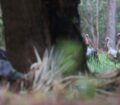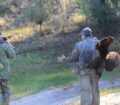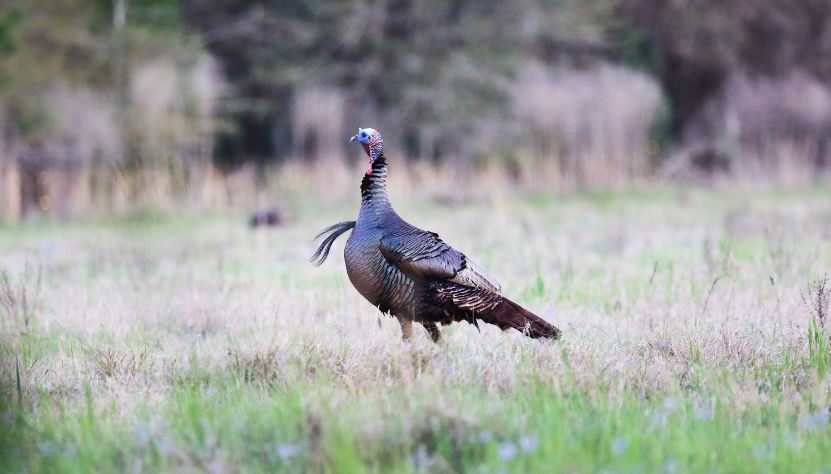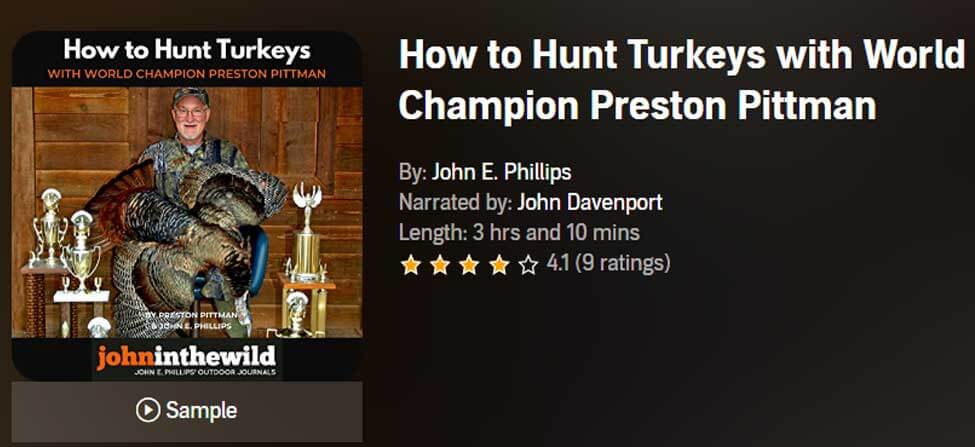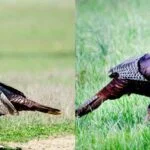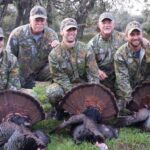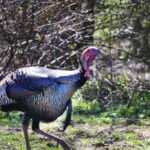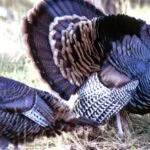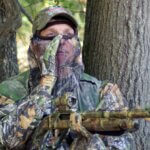Editor’s Note: Osceola turkey season arrives earlier than any of the other turkey hunts in the U.S. These birds are limited to Florida – generally from central Florida to the southernmost tip of the Florida peninsula. Any turkey taken in the counties of Dixie, Gilchrist, Alachua, Union, Bradford, Clay and Duval is considered by the National Wild Turkey Federation and the Florida Wildlife Commission to be an Osceola subspecies. Florida’s 2024 turkey season opens March 2 and runs through April 7 on lands outside the WMA system. North of State Route 70, spring turkey season opens March 16 and continues through April 21. Keith Kelly, the general manager of Dee Dot Timberlands throughout the state of Florida, hunts two different areas of Florida for Osceola turkeys.
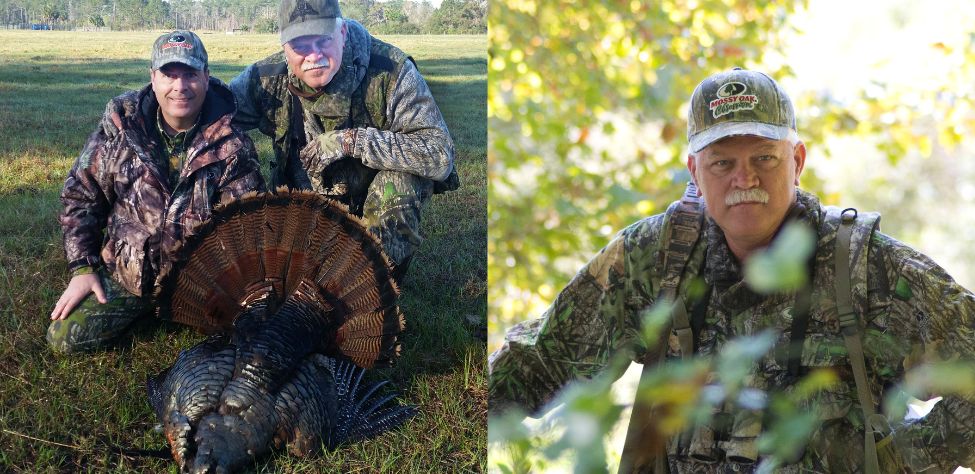
Scouting: To know whether Osceola turkeys will pitch down into the hammocks or the fields, Kelly says he’s a big proponent of scouting. “The season usually opens on a Saturday, so I’ll generally go down to where I plan to hunt on a Thursday and start scouting. One of the advantages we have in south Florida is the land is open enough that you can use your binoculars to glass these fields for turkeys.
“Then on Friday morning, we’ll go out early in the day and listen for turkeys to gobble. We’ll spend time watching the turkeys coming out of the roost and pitching down to the ground and then learning where they go after they fly off the roost. About noon, we’ll go in and build a blind close to where the turkeys are roosting.”
Guiding: Kelly says he often guides wounded veterans on turkey hunts. “My buddies and I whom I hunt with try to build good blinds that will be easy to access for a fellow in a wheelchair. We usually build our blinds the day before the hunt. We’ll cut palmetto fronds from the fields to make the best blinds. We usually will build the blinds fairly close, but not too close, to the roost tree. Then a fellow in a wheelchair can shoot out of the blind but still be camouflaged. We generally carry shooting sticks with us on which the hunters can rest their guns.
“Last year I was hunting with a vet in a wheelchair, I had scouted turkeys, and I knew where they were roosted on Friday morning before the hunt took place on Saturday morning. I’d set-up a blind about 150 yards from where the turkeys were roosted. The turkeys started gobbling quite frequently from the roost. I’m someone who doesn’t believe in calling to a gobbler when he’s on the roost. However, I may do a little bit of tree yelping just to let the turkey know where I am.
“Then once the gobbler hits the ground, I don’t do much cutting and cackling, I just want the longbeard to know where I am and think that I’m a hen feeding. I like to do a lot of soft calling, purring and clucking. I even may scratch in the leaves some to sound like a hen scratching the leaves and looking for something to eat. Often when a gobbler flies down, he may have a bunch of hens with him. But then sooner or later, he’ll remember where you’re at (another possible hen) and come looking for you.
“Often many first-time hunters call to turkeys, and they don’t come straight to the hunters, they’ll move and adjust their positions. But I’ve learned that these woods are so open that if you start moving, you’ll have a greater chance of spooking the turkey, instead of being able to call to him. If you have a wheelchair hunter, you won’t be able to move anyway. However, if your hunter’s not in a wheelchair, you probably will spook more turkeys than you’ll harvest, if you move.
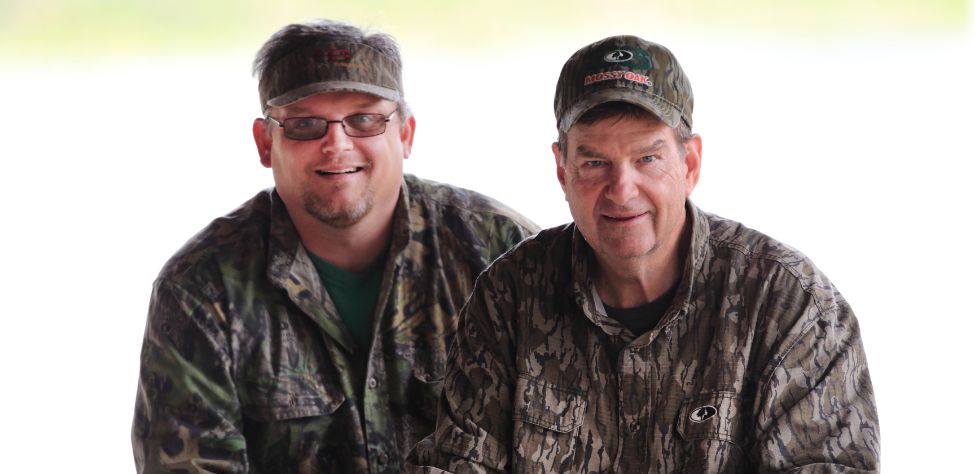
“I tend to be more patient if the gobbler answers my call. Then he knows where I am, and even though he may stay with a flock of hens that he has with him, often he’ll come looking for that hen that he hears but can’t see. I’ve sat in the same spot for three or four hours at times before a turkey comes to me. Sometimes when a turkey leaves the roost, he’ll hit the ground and come running straight to you. I’ve had two-year-old toms pitch-down and land right within gun range.
“When hunting Osceolas not in the field, these birds often will sound farther away from you than they really are. So, the best thing you can do when you hear a tom gobble where there’s palmettos and other foliage is to sit-down and prepare to shoot. In north Florida where there’s more vegetation, they do sound like they’re farther away than they really are. But in south Florida, you often can hear turkeys gobble at farther distances with the more-open land you’re hunting. That’s the good news. The bad news is they can hear you coming to them from farther away.”
Looking for more content? Check out our YouTube channel and watch “Hung-up Turkeys with Harold Knight” by John E. Phillips.
Check out John E. Phillips’ 12th book: “Turkeys: Today’s Tactics for Longbeards Tomorrow“

- hunting strategies with pros Will Primos, David Hale, Eddie Salter, Preston Pittman, Allen Jenkins, Terry Rohm, Paul Butski, Larry Norton and others.
- information about taking turkeys with .410 shotguns.
- box-call techniques.
- strategies for moving on turkeys.
- ways to hunt public-land gobblers.
- the differences in calling and hunting Eastern, Osceola and Western turkeys.
- the latest research on turkeys; and other information.
Click here to check out John’s 12th turkey book.
Expert Guidebooks on Turkey Hunting: Best Sellers
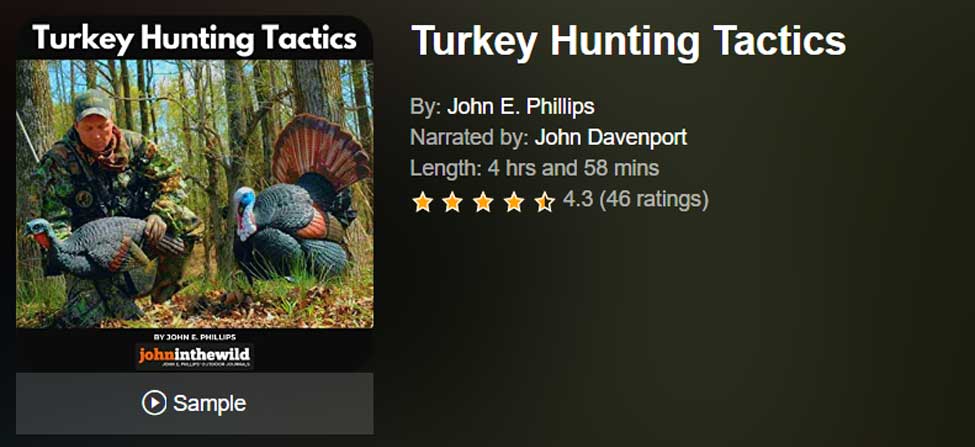
Turkey Hunting Tactics
This turkey hunting audiobook has entertaining chapters like: “How to Miss a Turkey”, “Hunting with a Guide”, and “The Turkey and the New York Lady”.
You’ll learn about all the subspecies of turkey across North America, how to use a turkey call, how to scout before turkey season, how to find a turkey to hunt, and what hunting gear you’ll need to put the odds in your favor to take a wily gobbler.
VERSIONS: AUDIBLE, KINDLE & PRINT
How to Hunt Turkeys with World Champion Preston Pittman
You easily can take a turkey if you don’t make any mistakes, but you have to know what the deadly sins of turkey hunting are to keep you from making those mistakes. If you understand how to hunt a turkey, you’re far more likely to take a gobbler than if you just know how to call a turkey.
Of course, calling is important, and if you want to learn to call a turkey, Preston Pittman will teach you how to call turkeys with box calls, friction calls, diaphragm calls, and other turkey sounds.
You’ll also learn why Preston Pittman once put turkey manure all over his body to kill a tough tom.
When you have turkeys that strut and drum in the middle of a field, when you know there’s no way to get close enough to get a shot, Pittman will show you some weird tactics that have worked for him to help you hunt tough ole toms.
But the main thing you’ll learn in this book is how to become the turkey.
Using what he’s learned while hunting wild turkeys, he’s also become a master woodsman who can take most game, regardless of where he hunts. To learn more secrets about how to be a turkey hunter from one of the world champions of the sport, this turkey-hunting book with Preston Pittman is a must.
VERSIONS: AUDIBLE, KINDLE & PRINT
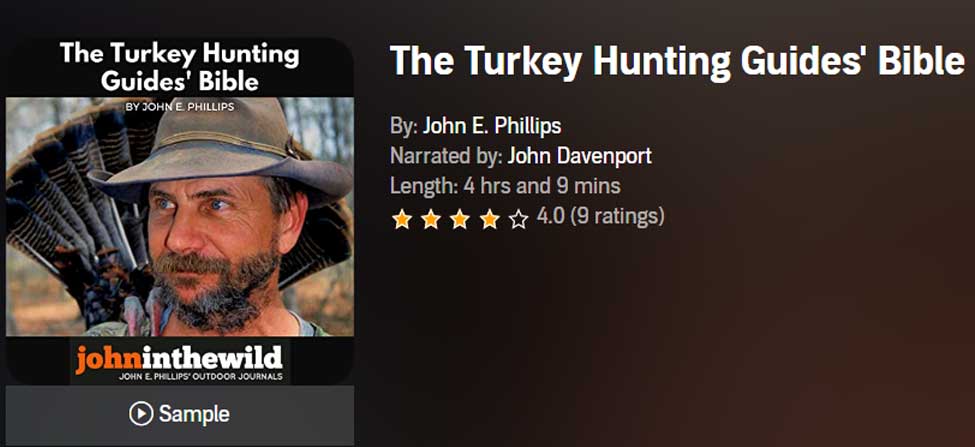
The Turkey Hunting Guides’ Bible
The quickest way to learn how to turkey hunt successfully is to either hunt with a turkey hunter with years of experience or a turkey-hunting guide. These two types of turkey hunters have solved most of the problems turkey hunters ever will face.
Just as one size of shoes won’t fit every person, one style of turkey hunting doesn’t fit each hunter. Each turkey-hunting guide interviewed for this book has his own style of calling, hunting, and outsmarting turkeys.
While listening to this book, make a list of the new information you’ve learned, take that list with you during turkey season, and try some of the new tactics. Then you’ll become a more versatile turkey hunter and prove the wisdom from The Turkey Hunting Guides’ Bible.
VERSIONS: AUDIBLE, KINDLE & PRINT
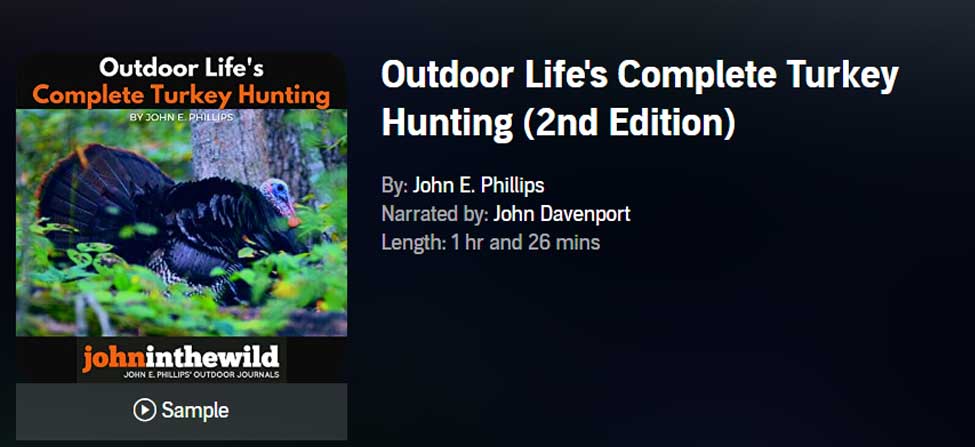
Outdoor Life’s Complete Turkey Hunting (2nd Edition)
This Audible book will help you learn how to call turkeys with two of the nation’s best, longtime and well-known turkey callers, Rob Keck, formerly with the National Wild Turkey Federation, and Lovett Williams, a wildlife biologist who recorded wild turkeys giving the calls that you’ll learn how to make on various types of turkey callers.
VERSIONS: AUDIBLE & KINDLE
Expert Guidebooks on Turkey Hunting

These 22-blockbuster chapters answer questions beginning turkey hunters as well as veteran turkey hunters have. In the Kindle version, you’ll also get links to 24-bonus videos made with some of the greatest names in turkey hunting to learn their best tips.
VERSIONS: AUDIBLE, KINDLE & PRINT

The Turkey Hunting Guides’ Bible
The quickest way to learn how to turkey hunt successfully is to either hunt with a turkey hunter with years of experience or a turkey-hunting guide. These two types of turkey hunters have solved most of the problems turkey hunters ever will face.
VERSIONS: AUDIBLE, KINDLE & PRINT

This Audible book will help you learn how to call turkeys with two of the nation’s best, longtime and well-known turkey callers, Rob Keck, formerly with the National Wild Turkey Federation, and Lovett Williams, a wildlife biologist who recorded wild turkeys giving the calls that you’ll learn how to make on various types of turkey callers.
VERSIONS: AUDIBLE & KINDLE
Tomorrow: Knowing the Equipment for Taking Osceola Turkeys

